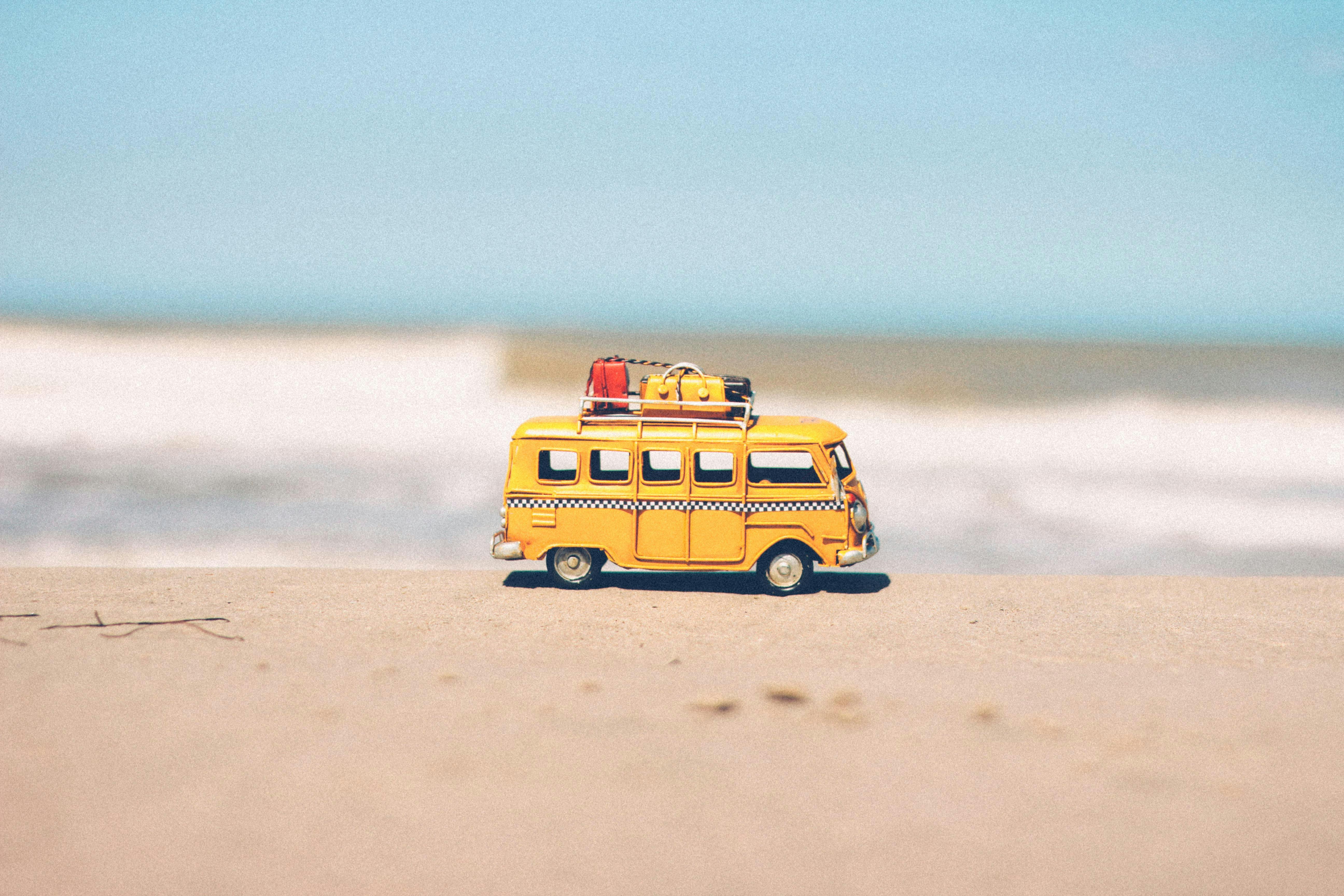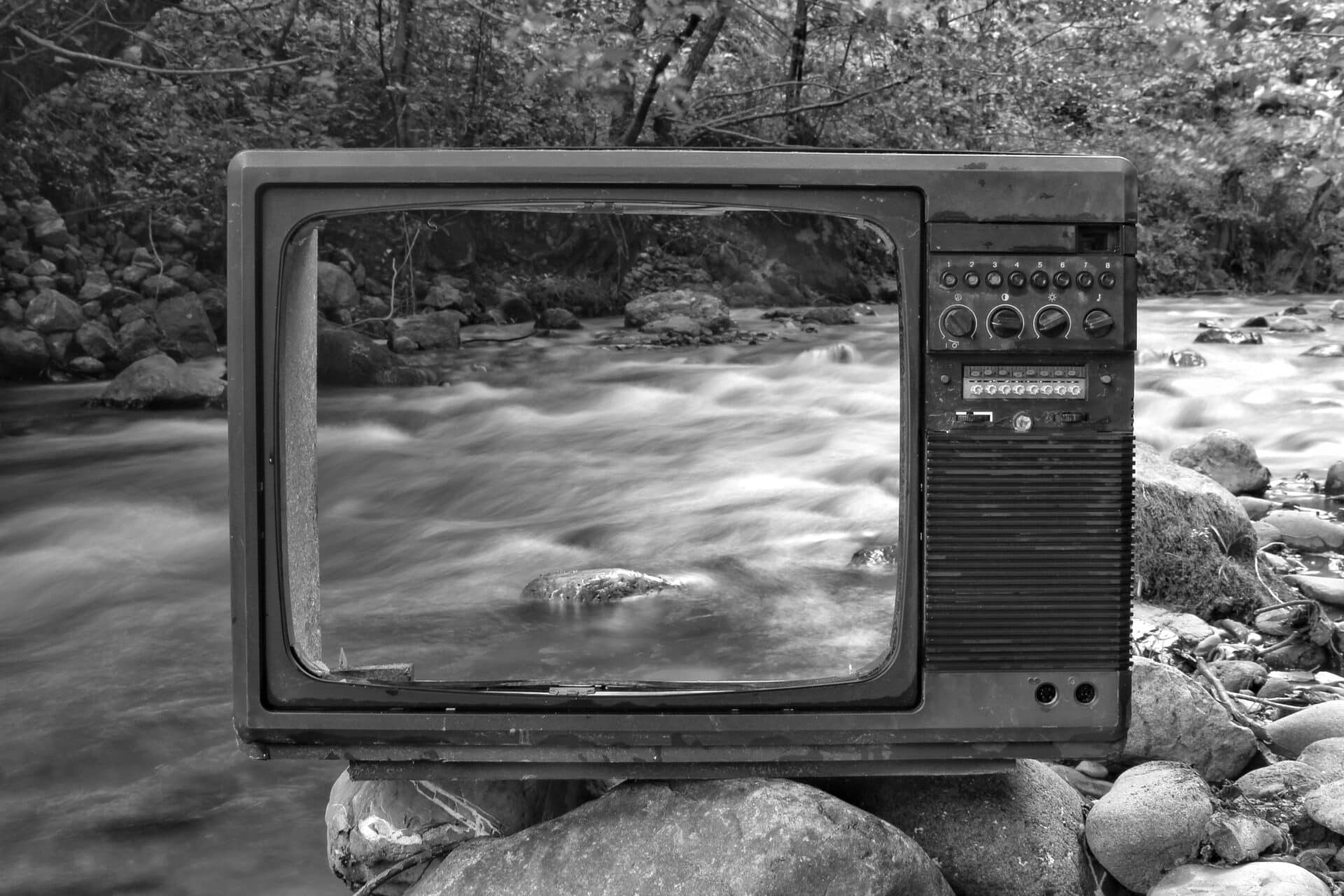Water damage in RV’s can be a major issue if left unchecked. Fortunately, with the right knowledge and tools, it is possible to repair the damage and restore your RV to its former glory. In this article, we will discuss the steps you need to take to repair water damage in your RV. We’ll cover how to identify and assess the extent of the damage, different methods you can use to repair the damage, and tips for preventing future issues. By following these steps, you can get your RV back on the road in no time.To identify water damage in an RV, look for signs of water stains, corrosion on metal parts, warping or buckling of materials, and mold and mildew inside the RV. Inspect all of the walls, ceilings, floors, and other surfaces for signs of water damage. Check the seals around windows, doors, and vents for any signs of cracking or peeling which could indicate water infiltration. Also check around plumbing fixtures such as sinks and toilets for any moisture or water damage. Lastly, look for any evidence of mold or mildew growth that could be an indication of water damage.
Step 1: Inspect the Damage
The first step to repairing water damage in your RV is to inspect the damage. Look for any signs of water leaks or moisture buildup, as well as any structural damage that may have occurred. Take note of any visible mold or mildew, and be sure to check for any electrical problems. Once you’ve identified the extent of the damage, you can begin making repairs.
Step 2: Clean Up and Dry Out
The next step is to clean up and dry out the affected area. Start by removing all furniture and other items from the space, and use a wet/dry vacuum cleaner to suck up excess water from carpets and flooring. Next, use a dehumidifier to reduce the humidity level in the RV and help it dry out faster. Finally, use fans or open windows to further encourage air circulation in order to speed up drying time.
Step 3: Repair Structural Damage
Once you’ve cleared out all of the excess moisture, it’s time to repair any structural damage that may have occurred due to water infiltration. Depending on the severity of the damage, this may involve replacing sections of wallboard or flooring, as well as fixing any electrical wiring that may have been affected by moisture.
Step 4: Treat Mold/Mildew
If you noticed visible signs of mold or mildew in your RV, it’s important to treat these areas before they spread further throughout your RV. Begin by cleaning affected areas with a solution of bleach and water (or other mold remover). Next, apply a fungicide spray or paint with an antimicrobial agent designed specifically for treating mold issues.
Step 5: Replace Insulation/Ventilation
Insulation plays an important role in preventing water damage in your RV. If any insulation was damaged during flooding or other forms of water infiltration, it’s important to replace it with new material. It’s also important to make sure that ventilation systems are functioning properly, since poor ventilation can cause condensation buildup which can lead to further water problems.
With these five steps, you should be able to repair most cases of water damage in your RV quickly and efficiently. Remember that if you ever notice signs of structural weakening due to moisture infiltration, it’s best to contact a professional for help before attempting repairs on your own.
Repairing Water Damage in RVs
Repairing water damage in an RV requires a few materials to get the job done right. The first step is to identify the source of the water damage and address any underlying issues that may be causing it. Once the source has been identified, it’s time to start gathering supplies. You’ll need a few basic items such as absorbent towels, plastic sheeting, tape, and a dehumidifier. It’s also a good idea to have some disinfectant on hand to help reduce any mold or mildew that may have formed from the water damage.
In addition to these basic supplies, you’ll also want to consider purchasing some sealants and caulking materials to help waterproof your RV and prevent further water damage from occurring in the future. Make sure you select sealants that are designed specifically for outdoor use so they stand up against extreme weather conditions. You may also need additional materials such as wood screws, putty knives, and scrapers depending on the extent of the water damage.
Finally, you’ll want to make sure you have enough paint or stain on hand for touch-ups if needed. If your RV is older or is made from wood, you may need several coats of paint or stain depending on what type of material your RV is made from and how much protection it needs. It’s always best to err on the side of caution when it comes to repairing water damage in an RV and ensure that you have all of the necessary materials before beginning any repair work.
Assessing The Extent Of The Damage Caused By Water In Rv
Assessing the extent of the damage caused by water in an RV can be a daunting task. It is important to properly assess the extent of the damage and make sure that any repairs are done correctly to ensure that the RV will remain safe and in good condition for years to come. There are several steps one can take when assessing the damage caused by water in an RV.
First, it is important to identify where the water originated from. This could include a leaky window, toilet, faucet, hose, or any other source. Once the source of the water has been identified, it is important to determine how much water was present and how long it was left unchecked. This will help to determine the extent of damage that may have occurred due to water accumulation in certain areas or components of your RV.
The next step in assessing water damage is to inspect all affected areas for signs of mold or mildew growth. If mold or mildew is present, it should be cleaned and treated immediately before further damage can occur. Additionally, any affected areas should be dried out as soon as possible to prevent further moisture from accumulating and causing additional damage.
Once all affected areas have been thoroughly inspected and treated for mold or mildew growth, it is important to check for structural integrity issues such as soft spots on walls or floors that could indicate rot or warping due to prolonged exposure to moisture. Additionally, electrical components should be inspected carefully for potential shorts or corrosion due to exposure to moisture in order to avoid any potential safety hazards due improper functioning of electrical systems.
Finally, if necessary any repairs should be completed properly using quality materials and techniques so that your RV remains safe and secure for years of use ahead. After all repairs have been completed, it is important to inspect all affected areas again periodically in order to make sure that there are no new signs of water damage arising from previous issues not adequately addressed during initial inspection and repair process.
Assessing the extent of damage caused by water on an RV can help ensure that your recreational vehicle remains safe and secure while also avoiding potential costly repairs down the line due improper assessment and maintenance of any existing issues stemming from water intrusion into your recreational vehicle.
Removing Damaged Parts From The RV Due To Water Damage
When RV owners experience water damage, it is important to take the necessary steps to remove any damaged parts from the vehicle. It is possible that the damage may be minor and only require minor repairs and replacement of parts. In the event of more extensive damage, however, it is important to remove any damaged components to prevent further damage and deterioration. The process of removing damaged parts from an RV requires time and patience, as well as the right tools and equipment.
The first step in removing damaged parts from an RV is to identify the source of water intrusion. This could include a leaking roof, windows or doors, plumbing pipes or fixtures, or any other source of water that has caused damage to the vehicle. Once the source of water intrusion has been identified, it is important to determine which components have been affected by the water. This could include structural components such as walls, floors, and ceilings as well as interior components such as cabinetry and furniture.
Once all affected parts have been identified, it is time to begin removing them from the RV. It is important to use caution when handling these components in order to avoid further damage due to mishandling or improper removal techniques. Depending on the type of component that needs to be removed, there are various tools and techniques that may be used in order to safely remove it without causing additional harm or damage.
Once all damaged components have been removed from the RV, it is important to properly dispose of them in accordance with local regulations and guidelines for waste disposal. Additionally, some items may need special disposal requirements due to hazardous materials contained within them such as insulation materials containing asbestos fibers or other potentially hazardous materials. It is also important that all remaining components are inspected for any signs of remaining moisture or water infiltration before they are reinstalled back into the RV.
Removing damaged parts from an RV due to water damage can be a tedious process but with patience and careful attention one can ensure that all affected components are properly removed without causing additional harm or damage down the road. Taking proper precautions when handling these components can help prevent further deterioration due to prolonged exposure to moisture or other environmental elements such as extreme temperatures or UV rays.

Cleaning Up Excess Water And Contaminants Before Repair
When it comes to repairing water damage, the first step is to ensure that all excess water and contaminants are removed from the affected area. This is important in order to prevent further damage and contamination, as well as to ensure that the repair process can be completed safely and efficiently. In order to do this, a thorough cleaning needs to be done first. This should include vacuuming any standing water, wiping down surfaces, and using specialized cleaning products for hard-to-reach areas. Once the area is clean and dry, the repair process can begin.
It’s important to note that moisture left behind after cleaning can cause further damage. This is why it’s critical for all excess moisture to be removed from the affected area before repairs are attempted. This can be done by using dehumidifiers or air movers designed specifically for this purpose. These devices will help draw out any remaining moisture from carpets, furniture, walls and other surfaces in order to prevent further damage and contamination.
Finally, it’s important to ensure that all contaminated materials are disposed of properly. This includes anything that has been soaked in or contaminated by floodwaters or other contaminants such as sewage or hazardous chemicals. As these materials can pose a health risk if not handled properly, it’s important that they are disposed of according to local regulations. By following these steps, you can help ensure that your home or business remains safe and free from further water damage and contamination after repairs have been completed.
Installing New Parts or Replacing Damaged Parts in RV
Replacing and installing parts in an RV can be a daunting task for a first-time owner. Even seasoned RVers may need a refresher when it comes to tackling this project. Fortunately, replacing and installing new parts in an RV is relatively straightforward as long as you have the right tools and materials.
The first step to replacing or installing parts is to identify the part that needs to be replaced or installed. Depending on the part, you may need to look up diagrams online or consult your RV manual. Once you have identified the part, it’s time to get the necessary replacement materials and tools. You’ll want to make sure you have all of the necessary pieces before beginning any installation process.
Once you have all of your supplies ready, it’s time to begin the installation process. Depending on the part being replaced or installed, you may need certain specialized tools such as wrenches, screwdrivers, pliers, etc. It is important that you read through all of the instructions carefully before attempting any installation processes so that you do not end up damaging any of your components.
When replacing or installing parts in an RV, it is important that you follow any safety protocols required by the manufacturer of the part being replaced or installed. If there are any particular instructions for your model of RV, make sure to follow them as well so that everything is done correctly. After completing each step in an installation process, double check all connections and make sure they are secure before proceeding with another step.
Installing new parts or replacing damaged parts in an RV can be a rewarding experience if done correctly. Just remember to do your research before starting so that you don’t end up causing more damage than necessary!
Applying Adhesives, Sealants Or Caulk To Prevent Future Leaks
Applying adhesives, sealants or caulk is an important part of keeping any home in good repair. Adhesives, sealants and caulk are used to create a barrier between two surfaces to prevent water and air from entering. This will help to protect the structure of the home and reduce the chances of future leaks.
Adhesive is typically used for many types of projects including bonding materials such as wood, metal and plastic. It can also be used to attach trim or molding around doors and windows. Sealant is typically used on gaps or cracks between two surfaces that need to be sealed shut. Caulk is a type of sealant that can be used on larger gaps and can also be used to fill in small holes or cracks.
When selecting an adhesive, sealant or caulk for a project it is important to determine which type would best suit the job. Different types are designed for different applications so it’s important to select one that will work best for the project at hand. It’s also important to make sure that the product chosen is compatible with the surface it will be applied to and will provide the necessary protection needed for the job.
Once an appropriate adhesive, sealant or caulk has been selected it’s time to begin applying it. Adhesive should be applied evenly over the entire surface area where it needs to bond two materials together while sealant should be applied around cracks and gaps in order to create a tight seal. When applying caulk, start at one end of the gap or crack and move along slowly while applying pressure until you reach the other end.
Once all of the adhesive, sealant or caulk has been applied make sure that there are no gaps or air pockets between surfaces as these can cause future leaks if not properly sealed off. Allow ample time for any products used to dry completely before using them as this will ensure they have been properly installed and are functioning correctly.
Applying adhesives, sealants or caulk correctly is essential when trying to prevent future leaks in your home. By selecting an appropriate product for your project and following correct application techniques you’ll be able to keep your home in good repair while avoiding costly repairs due to water damage in the future

Conclusion
Repairing water damage in your RV can be a difficult and lengthy process. The most important thing is to take the necessary steps to identify the source of the water damage, assess the extent of the damage, and take appropriate steps to repair it. If you are not confident in your ability to repair the water damage yourself, it is important to seek professional assistance in order to ensure that your repairs are done properly and efficiently.
By thoroughly inspecting your RV for signs of water damage, taking necessary steps to identify and locate the source of water, and carefully assessing the extent of any damage, you can be confident in your ability to repair any water damage that may have occurred. Following these steps will help you save time, money, and effort when repairing any water damage in your RV.

